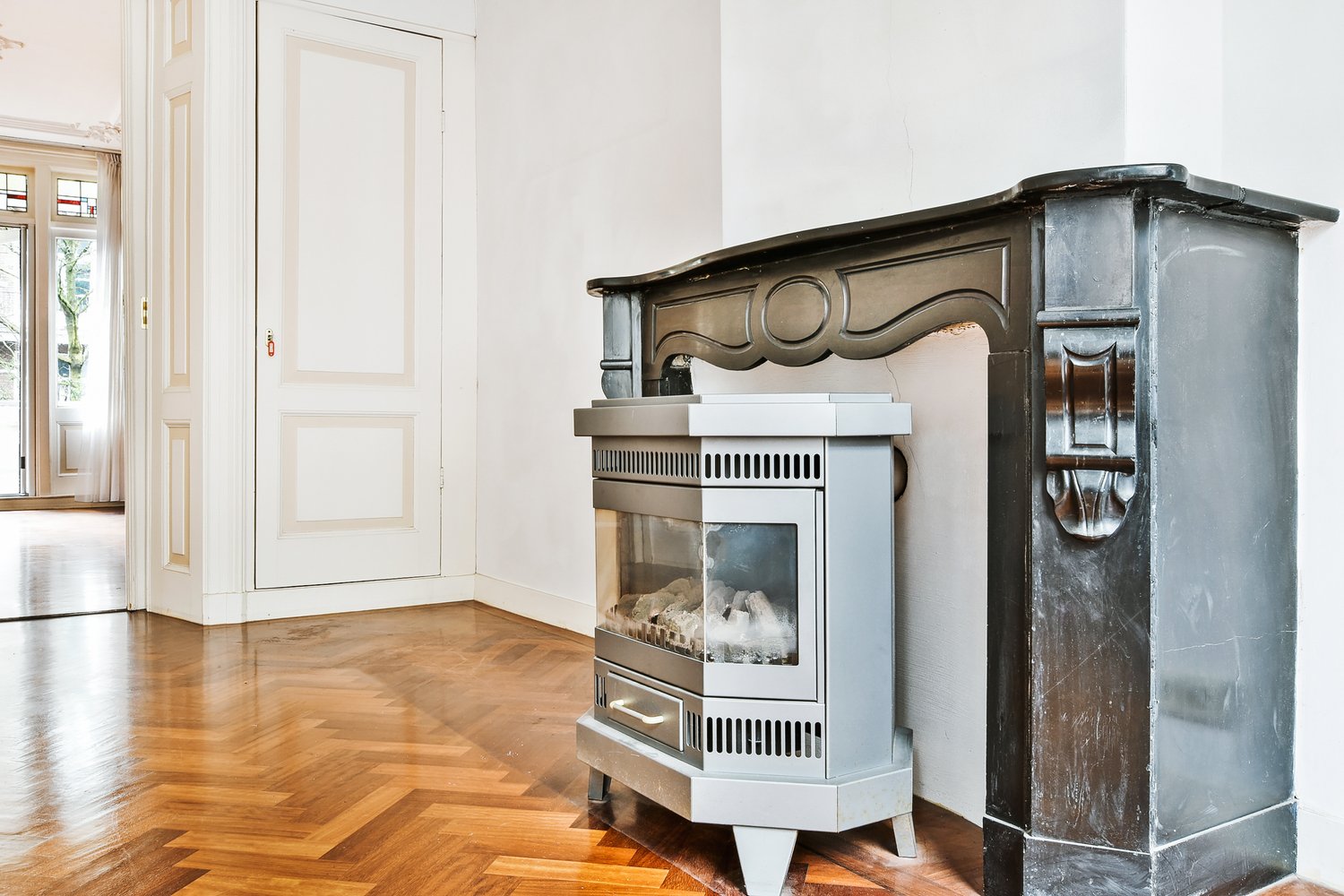In a world of mass-produced furniture and cookie-cutter decor, incorporating vintage and antique pieces into your home offers a refreshing alternative that infuses spaces with history, character, and uniqueness. Decorating with antiques isn’t just about nostalgia—it’s about creating a home that tells a story, reflects your personality, and stands out from standardized interiors. This guide explores how to source, select, and style pre-loved treasures to create a home that feels both timeless and distinctly yours, balancing vintage charm with contemporary living.
Understanding the Appeal of Vintage and Antique Decor
There’s something magical about incorporating pieces with history into your living space. Vintage home decor brings with it stories, craftsmanship, and unique details that modern mass-produced items often lack. When you choose pre-loved furniture and accessories, you’re not just decorating—you’re curating a collection that has significance beyond mere functionality. These pieces have survived decades, sometimes centuries, proving their durability and timeless appeal.
Beyond aesthetics, there’s also an environmental benefit to embracing vintage finds. By giving new life to existing pieces, you’re participating in sustainable decorating practices that reduce waste and the demand for new production. Each antique chest of drawers or vintage lamp you incorporate represents resources saved and craftsmanship honored, creating a home that’s not only beautiful but conscientious.
Where to Find Quality Pre-Loved Pieces
The hunt for unique interior finds is half the fun of vintage decorating. Estate sales offer some of the most authentic opportunities, allowing you to discover pieces in their original settings and often at reasonable prices. These sales typically happen when a home is being cleared after someone has moved or passed away, meaning you might find complete sets or complementary pieces that have lived together for years.
Antique shops provide a more curated experience, with dealers who have already selected quality items and can often share detailed information about provenance and period. While prices may be higher than at estate sales, you’re paying for expertise and assurance of authenticity. Online marketplaces have revolutionized vintage shopping, making it possible to search for specific pieces from the comfort of home. Platforms like Etsy, eBay, and even Facebook Marketplace connect you with sellers worldwide.
Don’t overlook local thrift stores and flea markets, where patience and a good eye can yield incredible treasures at fraction of their value. Regular visits increase your chances of discovering something special, as inventory changes frequently. As noted by interior design experts at AskHomey, developing relationships with local shop owners can give you an advantage, as they might contact you when items matching your interests arrive.
Evaluating Quality and Authenticity
When styling pre-loved furniture, it’s important to distinguish between true antiques (generally defined as over 100 years old), vintage pieces (typically 20-100 years old), and simply used furniture. True antiques often display craftsmanship techniques no longer commonly used, such as dovetail joints in drawers, hand-carved details, or old-growth wood with a patina that cannot be replicated.
Examine pieces thoroughly before purchasing. Check for structural integrity by gently testing joints and assessing stability. Some signs of wear add character, but significant damage may require costly repairs. For upholstered items, be particularly cautious about condition, as reupholstering can be expensive. Look for maker’s marks or labels, which can significantly affect value and help authenticate an item’s origins.
Consider the piece’s adaptability to modern living. A beautiful antique dining table that’s too small for family gatherings might be better repurposed as a desk or entry console. The best vintage decorating strikes a balance between honoring history and creating practical, livable spaces.
Styling Antiques in Contemporary Spaces
The art of decorating with antiques in modern homes lies in creating balance. Rather than recreating a period room, which can feel museum-like, consider how vintage pieces can complement contemporary elements. A Victorian settee can look stunning paired with a sleek modern coffee table, while an ornate gilt mirror adds unexpected drama to minimalist walls.
Color provides another way to harmonize different periods. Painting walls in contemporary hues can help antique furniture feel fresh and intentional rather than outdated. Similarly, updating vintage upholstered pieces with modern fabrics bridges time periods elegantly.
Consider scale and placement carefully. A substantial antique armoire becomes a striking focal point in a bedroom, while collections of smaller vintage items like pottery or silver create impact when grouped together rather than scattered throughout a space. Use vintage accessories strategically—antique books, art, and textiles add layers of interest without overwhelming a room.
Maintaining and Caring for Vintage Treasures
Proper care ensures your vintage home decor remains beautiful for years to come. Different materials require specific attention—wood benefits from regular dusting and occasional polishing with appropriate products, while metals may need specialized cleaners to prevent tarnish or corrosion. Research the appropriate care techniques for each piece in your collection.
Climate considerations matter too. Antique wood can be sensitive to humidity fluctuations, which may cause warping or cracking. Position valuable pieces away from direct sunlight, radiators, and air conditioning vents to prevent damage. For textiles like vintage rugs or upholstery, professional cleaning is often worth the investment to preserve fibers and colors.
Remember that some patina and wear are part of what gives antiques their character—overzealous restoration can actually diminish both charm and value. Embrace the subtle signs of age that tell the story of a piece’s journey through time.
For more tips and to connect with reliable home service professionals, follow AskHomey on Facebook and Instagram.



